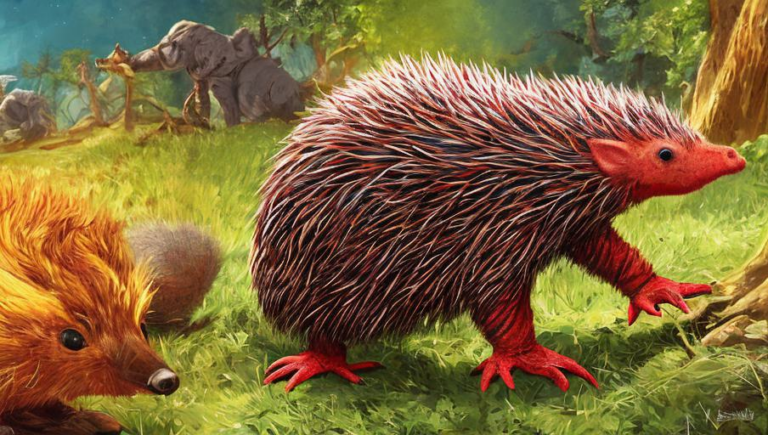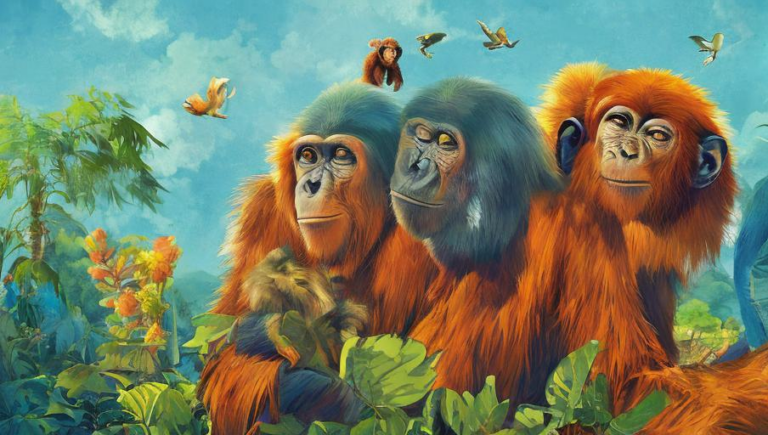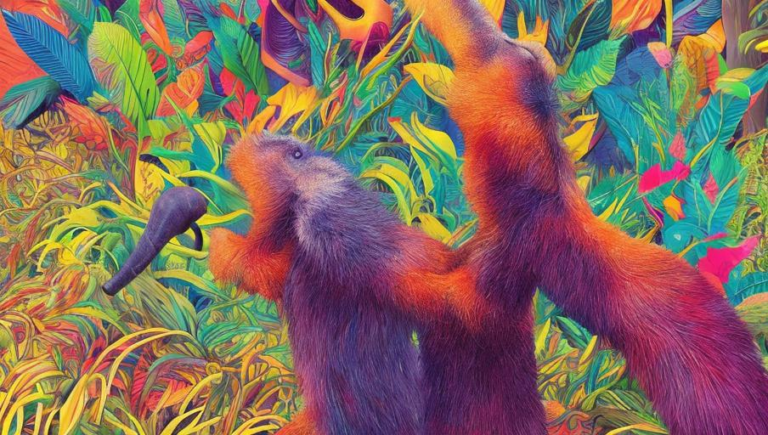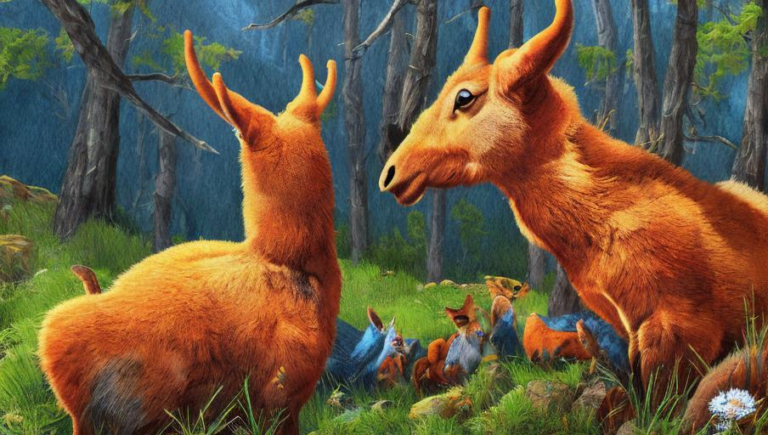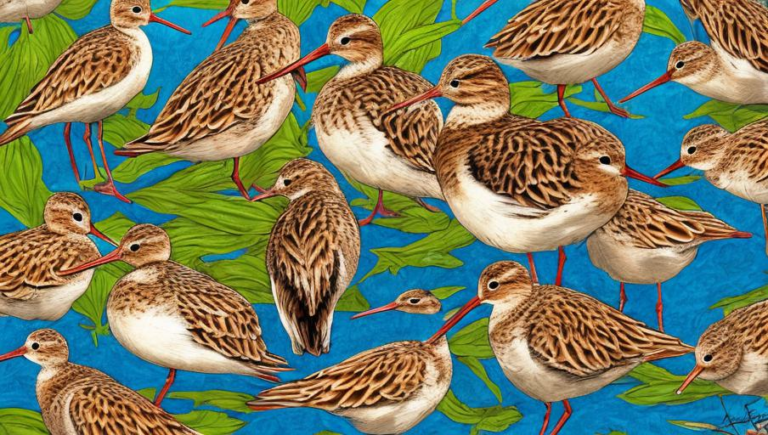Unwrapping the Social Structure of the Baboon

Introduction
Baboons are primates native to Africa and the Middle East. They are among the most social animals in the world, living in groups of up to several hundred individuals. As highly social animals, baboons have an intricate social structure that is based on rank, age, and gender. Understanding the social structure of baboons can help us appreciate the importance of their social interactions and the strength of their social bonds.
Rank in the Baboon Society
In baboon society, rank is determined by a combination of age, strength, and physical appearance. The highest ranking male is commonly referred to as the alpha male and is usually the largest and strongest of the group. He is the leader of the troop and is responsible for protecting the group from predators and other dangers. The alpha male also has the highest mating privileges and has the most say in the decisions the troop makes.
The second highest ranking male is the beta male. This position is usually filled by the second strongest and most dominant male in the group. Beta males typically have the second highest mating privileges and are often the second most influential decision-maker in the group. Other males in the troop are typically ranked according to age and strength, with the younger and weaker males at the bottom of the hierarchy.
Females in the troop are also ranked according to age and strength, but they are not typically as dominant as the males. The highest ranking female, known as the alpha female, is usually the oldest and strongest female in the group. She is usually the one who leads the females in the troop, and is responsible for protecting the young and weaker females. Other females in the troop are typically ranked according to age and strength, with the younger and weaker females at the bottom of the hierarchy.
Social Interactions
Baboons have a variety of social interactions that help maintain the stability of their society. Grooming is one of the most important social interactions in baboon society. Grooming helps to maintain social bonds and helps to reduce stress. Baboons also interact through a variety of vocalizations, such as grunts, barks, and screams. These vocalizations are used to communicate and to express emotions such as aggression, fear, and pleasure.
Social interactions are also important for establishing and maintaining the hierarchy of the troop. Dominant males use aggressive behavior to maintain their status, while subordinate males use submissive behaviors to avoid conflict. Subordinate females also use submissive behaviors to avoid conflict with the dominant females. These social interactions help to maintain order in the troop and ensure that individuals do not challenge the hierarchy.
Conclusion
Baboon society is highly structured and complex. Understanding the social structure of baboons can help us to appreciate the importance of their social interactions and the strength of their social bonds. By learning more about the social structure of baboons, we can gain a greater appreciation of their importance to the environment and their role in the ecosystem.

